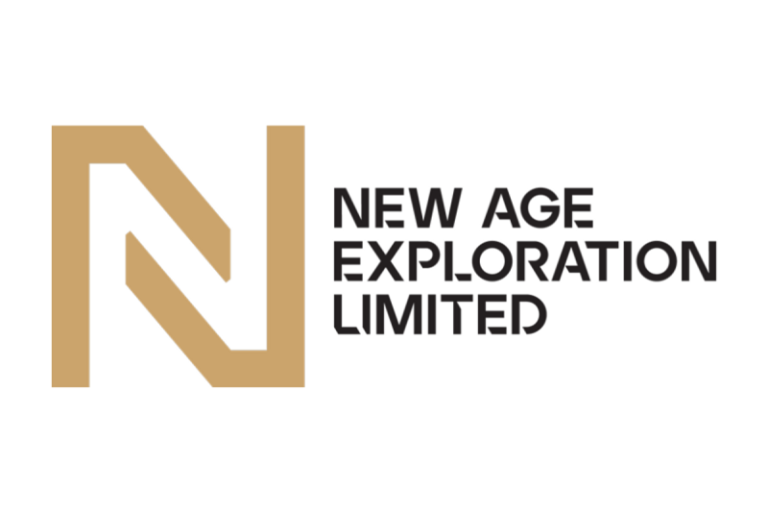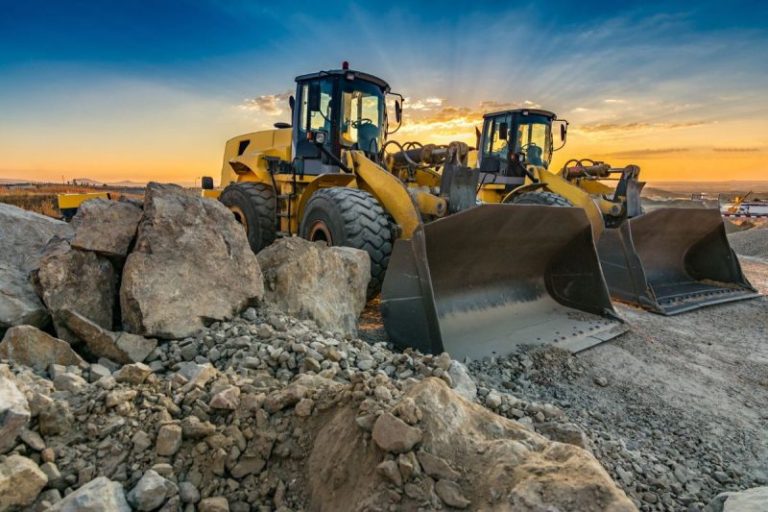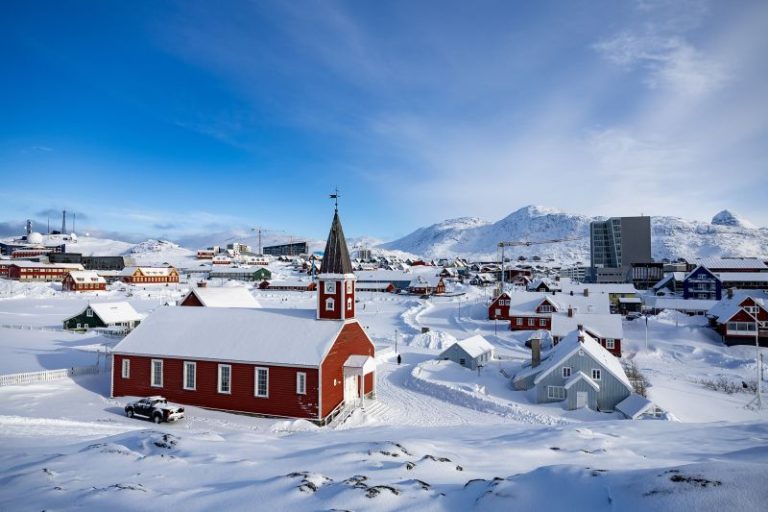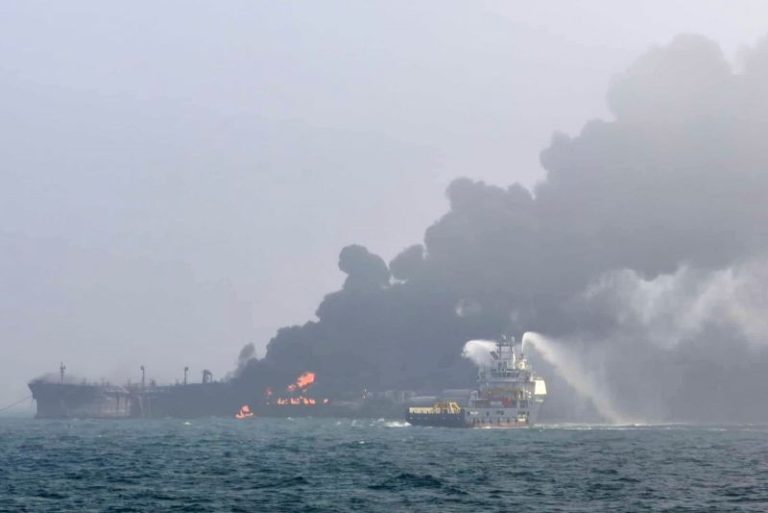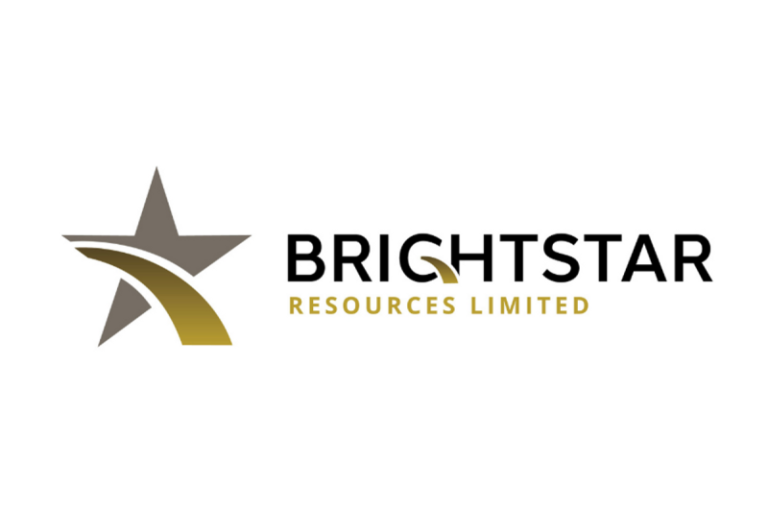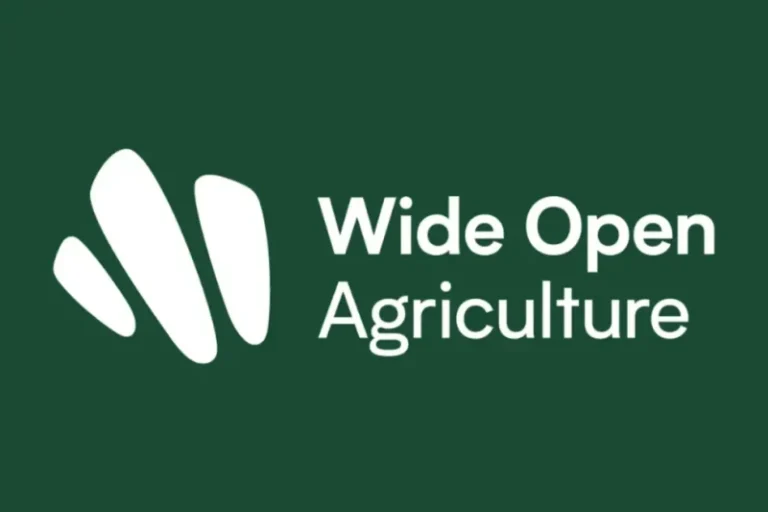Elections in Greenland, an island home to about 57,000 people, are usually a local affair.
There is little opinion polling, with only two newspapers in the Danish autonomous territory. Greenlanders mull over politics in private Facebook groups, with key issues in the past centering on the economy, mining, fishing law and of course, its relationship and history with Denmark.
But as Greenlanders head to the polls on Tuesday, US President Donald Trump’s idea to annex the nation has thrown this year’s elections into the international spotlight.
Speaking about Greenland in his speech to Congress last week, Trump said, “I think we’re going to get it one way or the other” – reigniting fears of the United States attempting to take the island by force or economic coercion.
Greenland’s pro-independence Prime Minister Mute Egede responded: “We are not for sale and cannot simply be taken.”
“We don’t want to be Americans, nor Danes; We are Kalaallit (Greenlanders),” Egede said. “The Americans and their leader must understand that.”
In fact, all five parties in Greenland’s parliament have said they do not want the territory to become part of the United States. Their key divisions center more on economic, social and environmental policy than Trump’s pronouncements.
The dominant parties on Greenland’s political spectrum all agree on the desire for independence, with many parties, including Egede’s ruling democratic socialist party Inuit Ataqatigiit, viewing it as a long-term project, requiring years of negotiation with Denmark and further economic improvement.
Denmark ruled Greenland as a colony until 1953, when the island achieved greater powers of self-governance. Then, in 2009, it gained more powers pertaining to minerals, policing and courts of law. But Denmark still controls security, defense, foreign and monetary policy. Greenland also benefits from Denmark’s European Union and NATO memberships.
It is an open question what Greenland’s future security will look like if it votes to break away. Some politicians have floated establishing a post-independence defense treaty with Denmark, Canada, or even the United States, which already has a military base in the Arctic Circle in far northwest Greenland.
The island’s future security is especially important as Russia and China vie for greater influence in the Arctic.
In almost every election in recent years, politicians have promised to take steps to achieve autonomy. None of them have offered a concrete timeline, though.
But Trump’s aggressive stance has actually given the Arctic nation more bargaining power with Denmark, analysts say, and kicked the independence movement into high gear.
Independence isn’t on the ballot for Tuesday’s election, but the other partner in Greenland’s two-party government coalition, the Siumut party, has said it plans to hold a referendum on independence within the next election period. The main opposition party, Naleraq, has campaigned to sever ties with Denmark more quickly and wants to pursue a defense agreement with the US.
Greenland holds elections every four years, with 31 seats in parliament at stake.
Without reliable election polling, analysts hesitate to predict if Egede’s ruling left-wing coalition will win again.
“Whatever the outcome is going to be, there will be speed, there will be turbo on the issue of independence,” Noa Redington, an analyst and former adviser to previous Danish prime minister Helle Thorning-Schmidt, told Reuters news.
Greenlandic social media influencer and candidate for Naleraq, Qupanuk Olsen, told Reuters: “I strongly believe all this interest from Trump and the rest of the world is definitely speeding up our independence process times 100.”
Meanwhile, amid the influx of international attention, Greenland’s parliament last month outlawed political donations from foreign individuals and anonymous donors.
Danish intelligence services have announced they are actively monitoring attempts by foreign powers to interfere in the elections, citing China, Russia and the United States as potential tampering powers.
With multiple issues at play, “it has never been so important to mark a ballot,” wrote journalist Tôrtia Reimer-Johansen for the nation’s weekly newspaper Sermitsiaq.
‘Greenlanders have felt trapped’
A key issue is how full independence could be achieved and whether it’s economically viable, given that Greenland receives roughly 20% of its annual GDP from a Danish block grant every year – more than $500 million. That’s about half the island’s public budget.
Greenlanders also have Danish passports, healthcare and other Nordic welfare state benefits.
Analysts say any independence referendum would likely take years to implement and require lengthy exit-deal negotiations.
“Greenlanders have felt trapped, not just constitutionally, but also in terms of any kinds of relation, particularly economic relations,” said Ulrik Pram Gad, a senior researcher focused on Greenlandic-Danish relations at the Danish Institute for International Studies.
While Greenlandic politicians have repeatedly signaled that they’re uninterested in annexation, they are open to deals with the United States for rare earth mining, expanding tourism, stronger diplomatic connections and other investments.
Trump said in a social media post on Sunday: “We are ready to INVEST BILLIONS OF DOLLARS to create new jobs and MAKE YOU RICH,” he added, inviting Greenland to become “a part of” the United States.
Greenland is rich in oil and gas, as well as the rare earth metals in high demand for electric cars, wind turbines and manufacturing military equipment.
“They’re really eager to get someone digging, but they want to be sure to have a piece of the cake,” Gad added.
“Under the current Danish constitution and the self-government act, Greenland is in charge of minerals. They can dig up and export whatever that they want, but Denmark is in charge of security. That is kind of a stalemate, in the sense that, if you dig up something which is a security problem, who’s then to decide?” he said.
Beyond security and foreign policy issues, Nuuk’s relationship with Copenhagen has also been fraught with allegations of historical misconduct and colonial oppression of the indigenous Inuit Greenlandic people.
The nation has been rocked in recent years by a birth control scandal, after it came to light that Denmark fitted many Greenlandic girls with an intrauterine device (IUD) in the 1960s and 70s without girls’ or their parents’ permission, as a means of population control. Prime Minister Egede recently called the birth control campaign “a genocide.”
And this election cycle has also exposed frustration over allegations that Denmark profited off a large cryolite mine on Greenland’s west coast from 1854 until 1987 – exploiting the area without benefiting locals.
A University of Greenland opinion survey conducted in spring 2024 – months before Trump floated ideas to control the island – found that more people saw the security threat as high compared to 2021. The survey also illuminated views on Greenland’s desire for greater international cooperation, with locals saying their preferred partners were Iceland, Canada and the Arctic Council.
Even still, people surveyed in 2024 said the biggest challenges for Greenland were the economic situation, cost of living and unemployment.
Those views have almost assuredly shifted in 2025, as Trump argues that controlling Greenland is vital for US national security and refuses to rule out using military force.
But the election is inherently unpredictable. The key issues on Greenlander’s minds may only become clear when results begin to trickle out of local polling stations in the early hours of Wednesday.
This post appeared first on cnn.com

